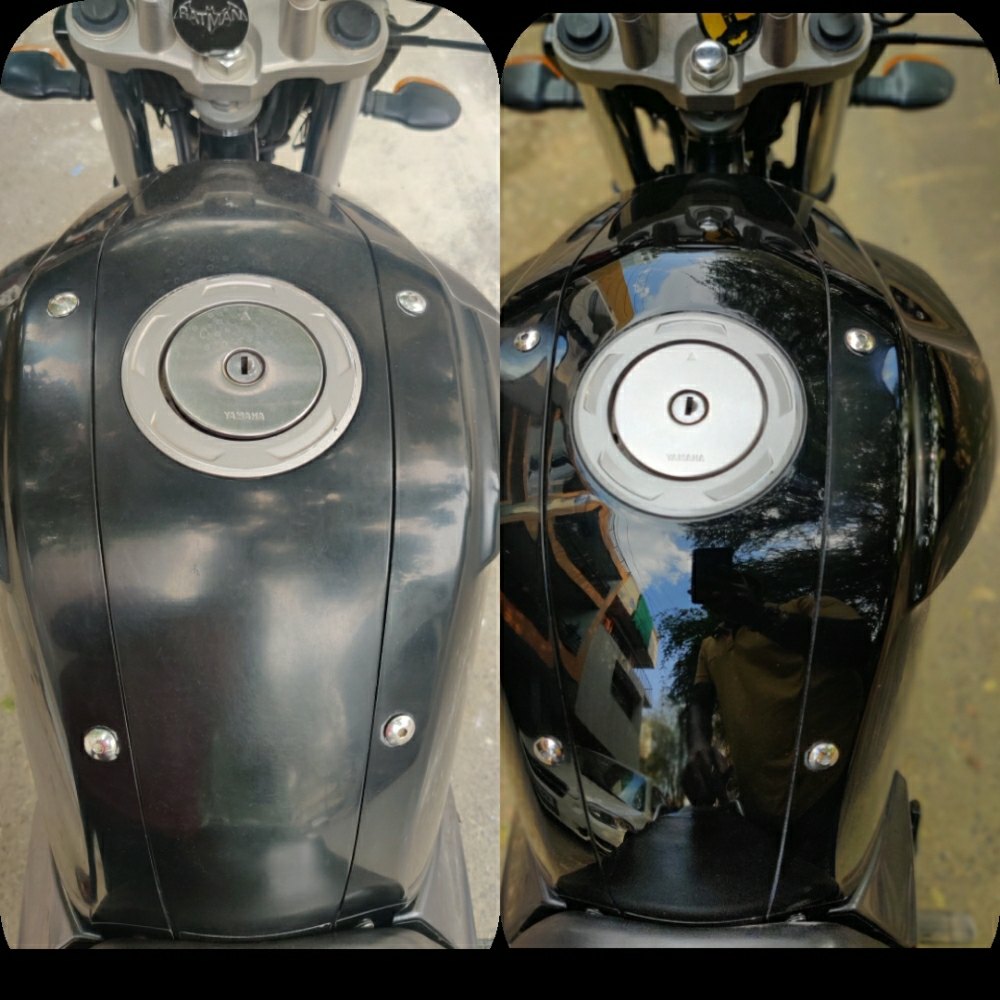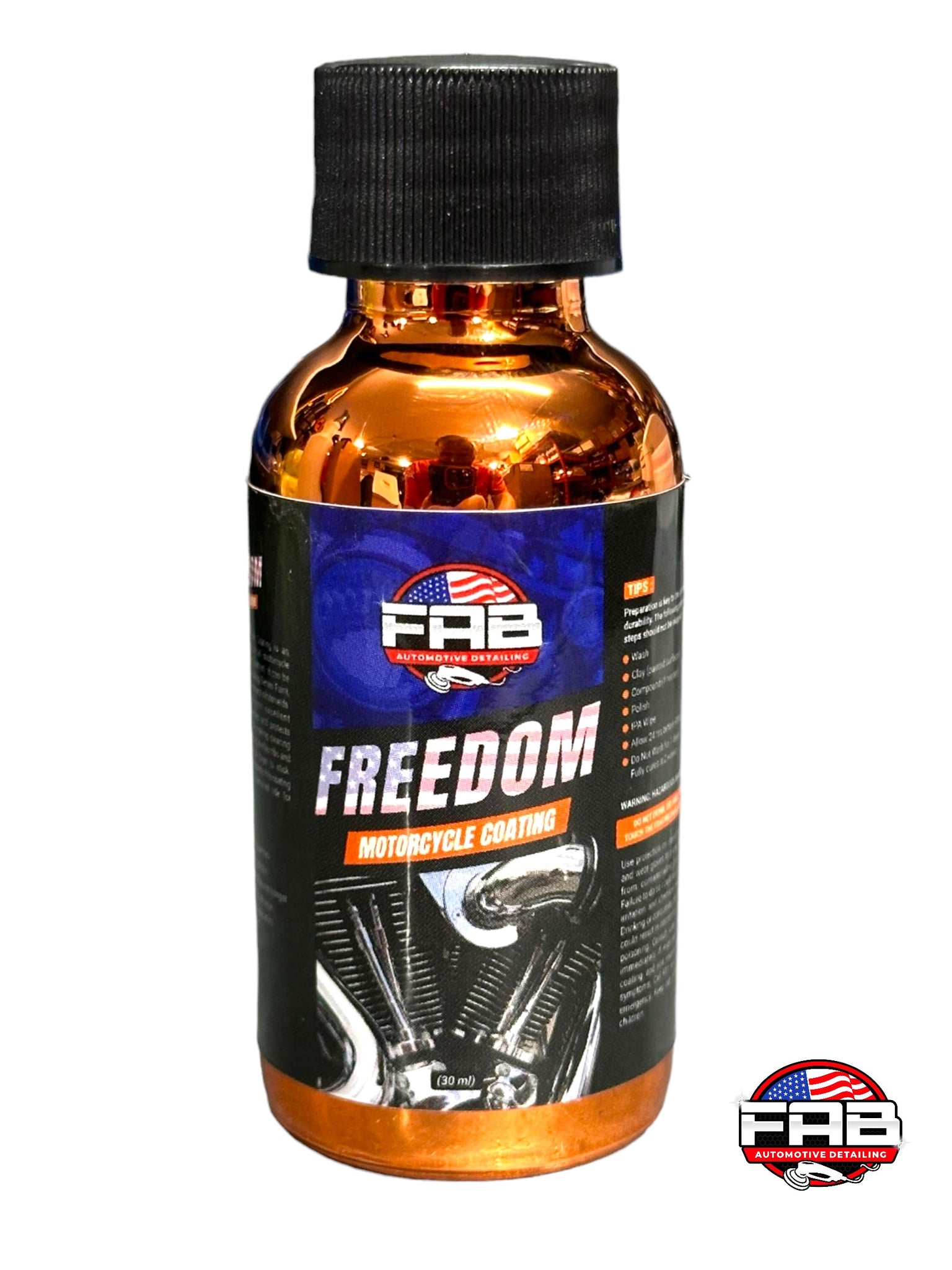Top-Rated Motorcycle Ceramic Coating: Shield Your Bike from the Aspects
Top-Rated Motorcycle Ceramic Coating: Shield Your Bike from the Aspects
Blog Article
Let Loose the Possible of Your Motorcycle With Ceramic Finish: a Comprehensive Step-By-Step Guide

Benefits of Ceramic Finishing
Enhancing the toughness and look of your motorcycle, ceramic layer offers a protective layer that drives away dust and contaminants, making upkeep less complicated and expanding the life expectancy of the automobile. This cutting-edge finish develops a semi-permanent bond with the surface of the bike, developing a hydrophobic barrier that stops water areas, oxidation, and UV damage. By minimizing the attachment of dust and gunk, ceramic covering not just keeps your motorcycle looking pristine but also decreases the requirement for frequent laundries and detailing.
Additionally, the chemical resistance of ceramic layer shields the bike's paint from harsh chemicals and toxic wastes, such as bird droppings and tree sap, that can trigger etching and discoloration. This protective layer additionally supplies UV security, avoiding the paint from fading or discolouring with time because of sunlight exposure. Inevitably, buying ceramic layer for your bike not just improves its aesthetic charm but likewise streamlines maintenance routines and preserves its problem for many years ahead.
Required Devices and Products
What vital devices and products are required for using ceramic layer to your motorcycle? To successfully apply ceramic covering to your motorcycle, you will need a set of necessary devices and products.
Other necessary tools consist of applicator pads or towels for spreading out the ceramic finish, masking tape to protect sensitive locations from unintended application, and gloves to maintain your hands tidy throughout the process. It is likewise suggested to have some isopropyl alcohol available for cleaning up the surface of the motorbike prior to using the ceramic covering. Lastly, having a well-ventilated workspace or functioning outdoors is vital to make certain proper ventilation while using the ceramic coating to your bike.

Preparing Your Motorbike Surface Area
Prior to applying ceramic coating to your bike, complete surface prep work is vital to ensure ideal bond and long life of the layer. Start by cleaning your motorcycle with a pH-neutral hair shampoo to remove dust, oil, and contaminants.
After remedying any flaws, use an alcohol-based paint cleaner to more cleanse the surface area and get rid of any staying residues. This action is important as it ensures a clean canvas for the ceramic coating to bond properly. Once the surface is tidy and smooth, use a paint prep or surface preparation product to get rid of any type of remaining oils or deposits that might prevent the bonding procedure.
Using Ceramic Finish
Having actually thoroughly prepared the surface of your motorbike, the following vital action is the exact application of ceramic coating to make sure enduring security and a shiny surface. Shake the ceramic covering bottle well prior to usage to guarantee an uniform uniformity.
As soon as used, allow the covering to treat for the suggested time according to the supplier's guidelines. Normally, this ranges from 1 to 5 minutes relying on the certain product. After the healing period, carefully buff the surface area with a clean, completely dry microfiber fabric to reveal a high-gloss sparkle. For optimal results, prevent exposing the motorbike to water or other elements for at the very least 24 hours to enable the ceramic covering to totally treat and bond to the surface. This meticulous application process will not only improve the aesthetic charm of your bike yet also provide long-lasting protection against environmental impurities.
Maintenance Tips for Long Life

Inspecting your motorcycle on a regular basis for any type of indicators of damage to the ceramic layer, such as chips or scrapes, and resolving them promptly can aid maintain the integrity of the finish. Using a ceramic finish booster or spray sealant every couple of months can also aid invigorate the covering and provide additional defense against environmental components.
Last but not least, saving your motorbike in a garage or covered area when not being used can protect it from extended exposure to sunlight, rainfall, and various other harmful factors that can use down the ceramic finishing - motorcycle ceramic coating. By complying with these maintenance pointers, you can make sure that your discover this info here motorcycle's ceramic coating continues to be efficient and sturdy for a prolonged period
Verdict
In conclusion, ceramic covering can considerably improve the appearance and protection of your motorcycle. Appropriate prep work, application, and maintenance are key to making the most of the benefits of ceramic layer.
It is additionally suggested to have some isopropyl alcohol on hand for cleaning up the surface of the bike before using the ceramic finishing. motorcycle ceramic coating. Having a well-ventilated work space or working outdoors is essential to make sure proper ventilation while applying the ceramic finishing to your bike
Prior to using ceramic finishing to your bike, comprehensive surface area prep work is crucial to make certain optimum bond and durability of the coating.Having meticulously prepared the surface area of your motorcycle, the next important action is the specific application of ceramic finish to guarantee long-term protection and a glossy surface. For optimum results, stay clear of subjecting the click here to find out more bike to water or other elements for at least 24 hours to permit the ceramic finishing to totally heal and bond to the surface.
Report this page